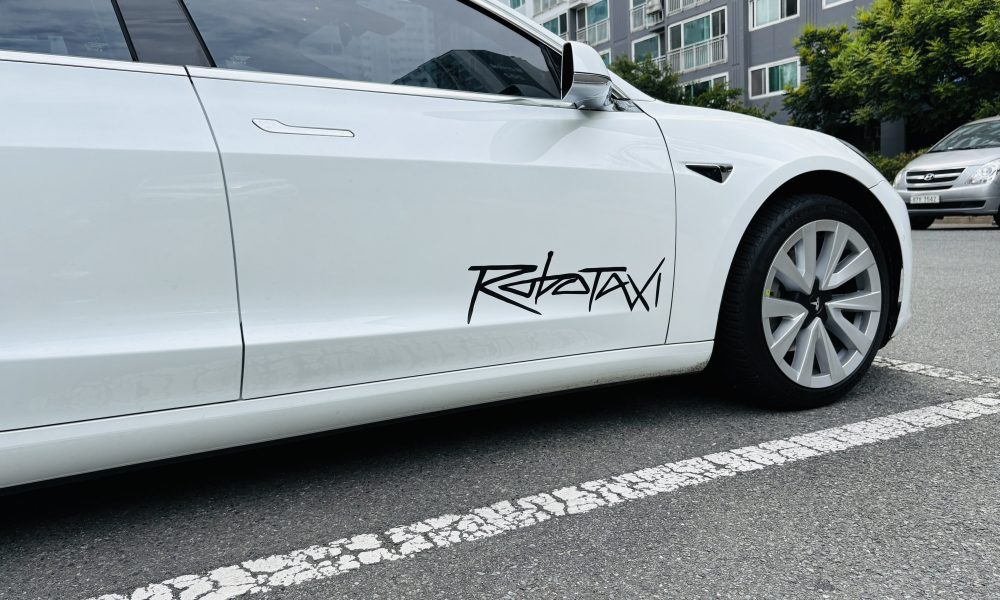Science
Tesla Robotaxi Expands Service Area, Surpassing Waymo

Tesla has announced a significant expansion of its Robotaxi service area in Austin, effectively surpassing its competitor Waymo in a crucial metric: the size of its operational region. This development took place on the morning of July 14, 2025, when Tesla extended the boundaries of its Robotaxi fleet, now covering a total of 42 square miles. This is notably 5 square miles larger than Waymo’s service area of 37 square miles, which became publicly available in March 2025.
The newly expanded area now includes the University of Texas at Austin, home to over 53,000 students, further enhancing the potential for passenger engagement. Tesla’s expansion has effectively doubled the number of locations accessible to its Robotaxi fleet, marking a critical step in the company’s growth within the autonomous ride-hailing market.
Implications of the Expansion
The size of a ride-hailing service’s operational area is a key indicator of its progress and market reach. For companies like Tesla and Waymo, safety remains paramount, particularly as they implement autonomous technology. The competition to cover larger urban spaces is intensifying, with each company striving to increase its footprint.
Waymo has successfully expanded its services to several regions across the United States, including notable areas in Arizona and Los Angeles. In response, Tesla has filed paperwork to deploy its Robotaxi fleet in both California and Arizona, indicating plans for further geographical expansion in the coming months.
As Tesla continues to enhance the capabilities and accuracy of its Robotaxi platform, the company aims to roll out its self-driving service globally. This expansion not only represents a technological achievement but also a strategic move to capture a larger share of the ride-hailing market.
The Competitive Landscape
The rivalry between Tesla and Waymo underscores the rapid evolution of the autonomous vehicle industry. With each company refining its technology, the race for dominance in this emerging sector is heating up. Tesla’s latest expansion could offer it a competitive edge, especially as it continues to innovate and improve its self-driving capabilities.
As the industry progresses, both companies are likely to keep pushing the boundaries of what is possible in autonomous transport, with implications for urban mobility and consumer choice. The growing service areas reflect not just corporate ambitions but also the changing landscape of transportation in cities across the United States.
With Tesla’s Robotaxi now operational in a larger area than its competitor, the spotlight remains on how both companies will adapt and evolve in this dynamic environment.
-

 World5 months ago
World5 months agoSBI Announces QIP Floor Price at ₹811.05 Per Share
-

 Lifestyle5 months ago
Lifestyle5 months agoCept Unveils ₹3.1 Crore Urban Mobility Plan for Sustainable Growth
-

 Science5 months ago
Science5 months agoNew Blood Group Discovered in South Indian Woman at Rotary Centre
-

 World5 months ago
World5 months agoTorrential Rains Cause Flash Flooding in New York and New Jersey
-

 Top Stories5 months ago
Top Stories5 months agoKonkani Cultural Organisation to Host Pearl Jubilee in Abu Dhabi
-

 Sports5 months ago
Sports5 months agoBroad Advocates for Bowling Change Ahead of Final Test Against India
-

 Science5 months ago
Science5 months agoNothing Headphone 1 Review: A Bold Contender in Audio Design
-

 Top Stories5 months ago
Top Stories5 months agoAir India Crash Investigation Highlights Boeing Fuel Switch Concerns
-

 Business5 months ago
Business5 months agoIndian Stock Market Rebounds: Sensex and Nifty Rise After Four-Day Decline
-

 Sports5 months ago
Sports5 months agoCristian Totti Retires at 19: Pressure of Fame Takes Toll
-

 Politics5 months ago
Politics5 months agoAbandoned Doberman Finds New Home After Journey to Prague
-

 Top Stories5 months ago
Top Stories5 months agoPatna Bank Manager Abhishek Varun Found Dead in Well









